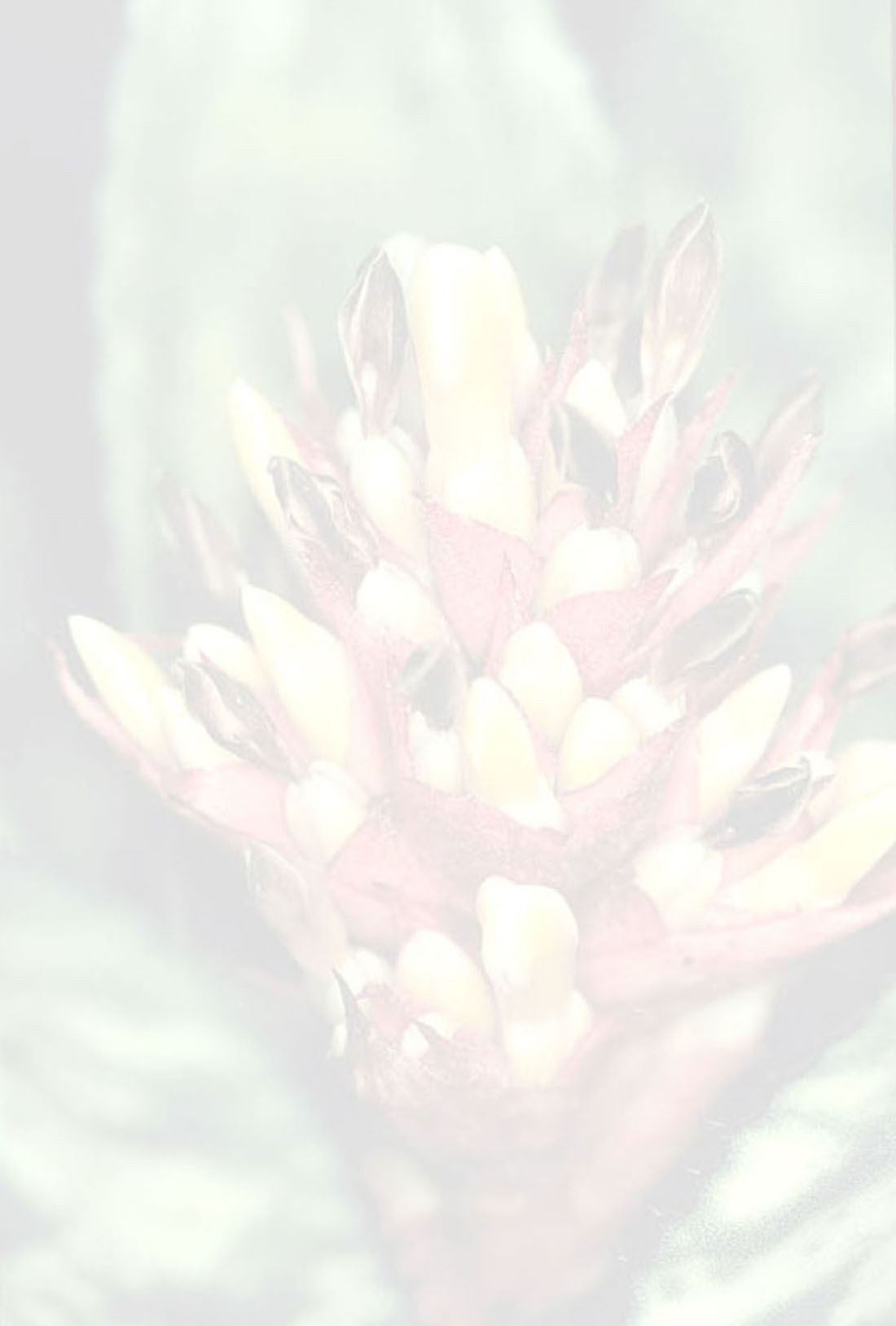

 40- 61.1
40- 61.1

 |
Aechmea andaquiensis Betancur & AguirreSantoro |
(subgen. Aechmea)Publ: Brittonia 71(1?): 5-8 figs. 2, 3 (2018)

 Permanent URL
Permanent URL
Distribution: Colombia: Caquetá
Habitat: Epiphytic on isolated trees near trails of densely forested areas of humid tropical forests of eastern slopes of the Andes, 470-590 m. Elev.
Etymology: Aechmea andaquiensis is named after the Andaquí or Andakí indigenous group, which inhabited the territory where this species was found. The name andakí or daakí, is linked to the ritual consumption of yajé, a name that some indigenous languages adopt as a synonym of andakí.